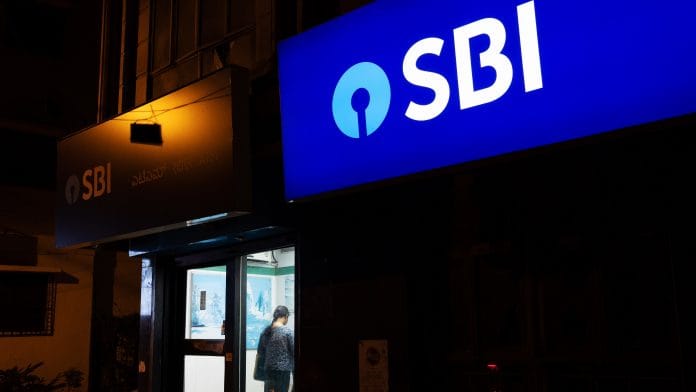The world’s largest lockdown is, as expected, taking a toll on the Indian economy. Fitch Ratings Inc. expects that India will grow only 2% in the current financial year. That would be the lowest rate in decades, a level not seen since this country was closed-off socialist backwater.
But everyone knows that fighting a pandemic is costly. What’s even more worrying is how the costs of a slowdown—the sudden pressure on incomes and demand, in particular—will widen pre-existing cracks in the Indian growth story.
The weakest link in the Indian economy is its banking sector. This has been the case for some time: The banks’ books have still not recovered from over-exuberant lending to industry back in the boom years. Weighed down by all the bad debt they took on, they have been reluctant to lend to new projects since then. That’s part of the reason that private investment in India slowed to a crawl last year and dragged growth down with it.
But, through this difficult period, Indian banks—and indeed, the economy more generally—could rely on strong household demand. Indian households were willing to keep buying things even as the country’s growth engine stalled. And, often enough, they were willing to buy those goods on credit.
Banks cashed in. In the six years since Prime Minister Narendra Modi took office amid a wave of optimism about the Indian economy, retail loans have gone only one way: up. They’ve grown to over 28% of bank lending.
Retail lending seemed a safe bet. The credit bureau CIBIL found last year that unsecured personal loans had the lowest default rate of any category they studied—only 0.5%.
Questions were already being raised about that story as India’s shadow banking sector—a big lender to the underbanked millions—reeled from a series of defaults. As my colleague Andy Mukherjee wrote, the shadow banks faced a “wall of mistrust” that meant they couldn’t keep on lending.
Also read: Why fixing unorganised sector can be Modi’s biggest Covid-19 economic challenge
Now the problem will likely spread to the regular banking sector. Investors punished Kotak Mahindra Bank Ltd. last week for taking a realistic view of what Covid-19 is likely to do its loan book. The markets don’t always like realistic assessments, apparently. The management at HDFC Bank Ltd.—till this week India’s third-most valuable listed company—sounds much more confident and its stock wasn’t hurt as much, although it is more exposed to unsecured loans than its peers.
No help seems forthcoming from the regulators, who are yet to come to terms with the scale of the problem. The Reserve Bank of India, as part of its post-coronavirus intervention, “permitted” banks to “grant a moratorium of three months on loan installments.” Nobody is entirely sure how much this will help. After all, the borrowers still have to pay the money and the interest is still going to add up.
In other countries, banks will be the instrument for governments to fight the crisis. In India, it is more likely that they will be one of the vectors that spreads it.
A weakening of Indian banks will worsen this crisis in two ways. First, it will complicate the path for growth to recover after the lockdown. Banks reeling from a fresh batch of bad loans won’t be able to provide the credit that fuels a recovery.
Second, it will make enduring the next few months much more difficult for regular Indians. One of the ways in which they survived the last catastrophic demand collapse—Modi’s 2016 decision to withdraw most of India’s cash overnight—was by stepping up borrowing from banks. In the months after demonetization, retail loans grew much faster than overall bank credit.
The real growth spike was in personal loans other than auto and home loans—the often-unsecured credit that kept Indians going through the lean times. Who’s going to step up this time?
Despite warnings, India’s government waited too long to fix the banks, thinking that it had all the time in the world. Now it may be too late.-Bloomberg
Also read: Goldman sees recession in India as consumption takes severe hit







Waife problem